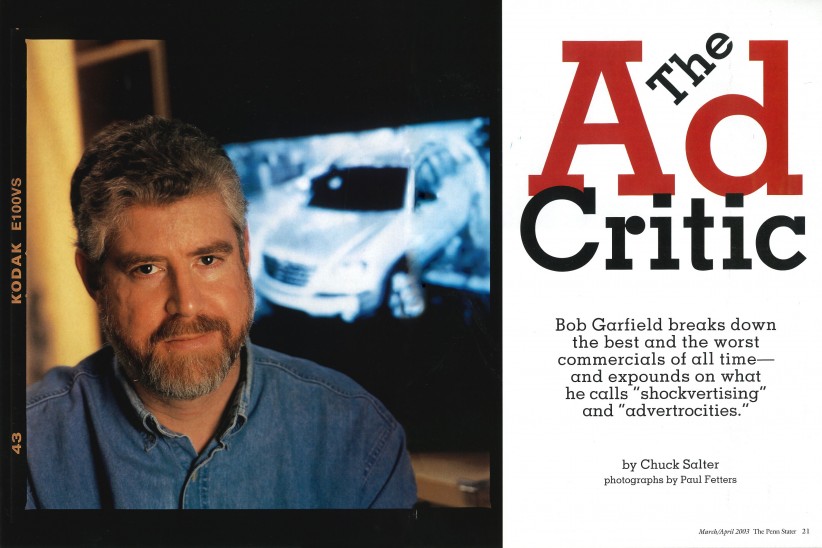After These Messages
In our March/April 2003 issue, renowned ad critic Bob Garfield shared his take on the good, the bad, and the never-should-have-aired when it comes to TV ads.

In our March/April 2003 issue, renowned ad critic Bob Garfield shared his take on the good, the bad, and the never-should-have-aired when it comes to TV ads.
